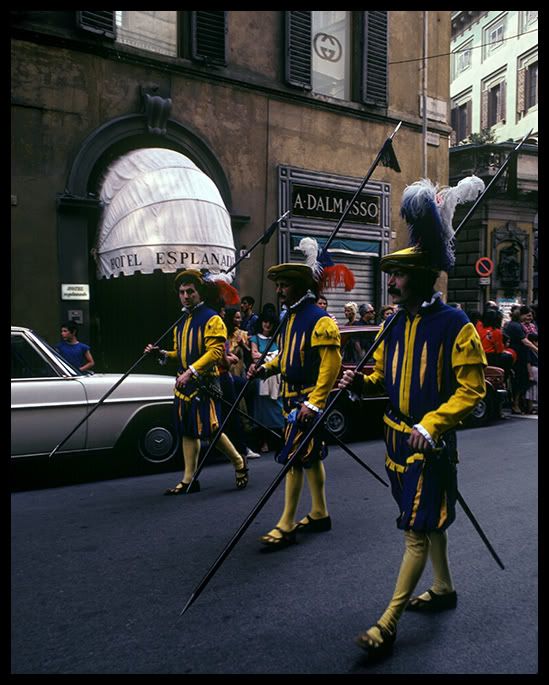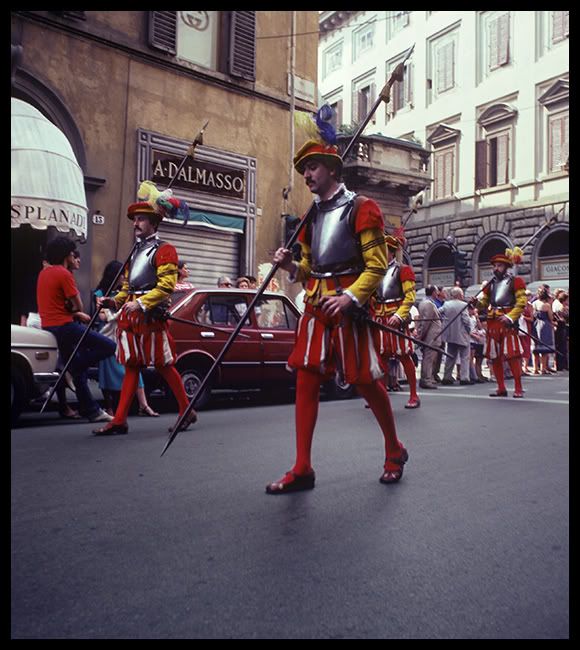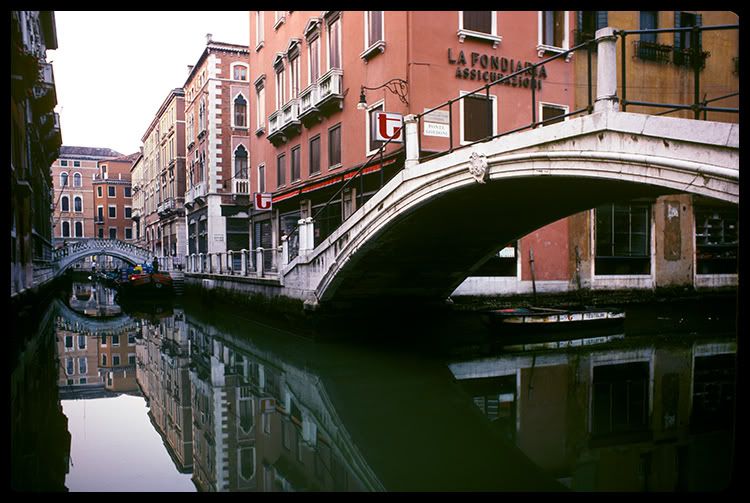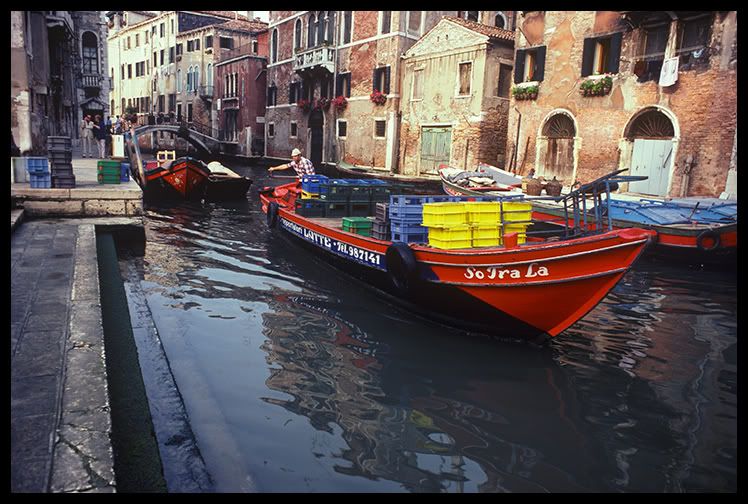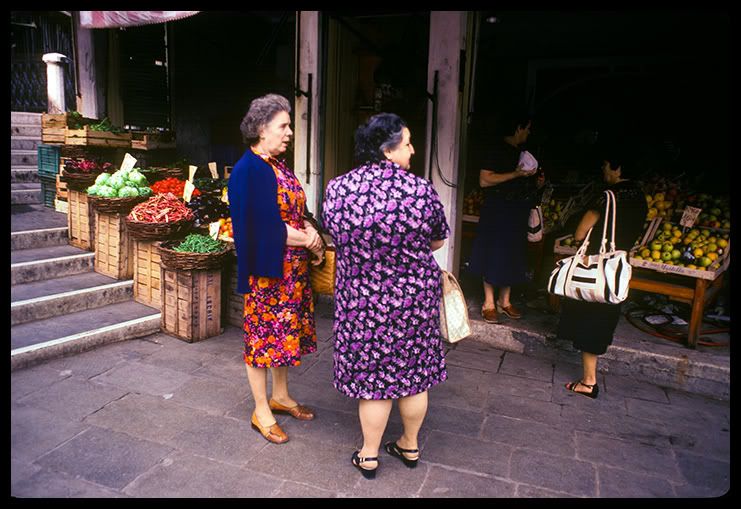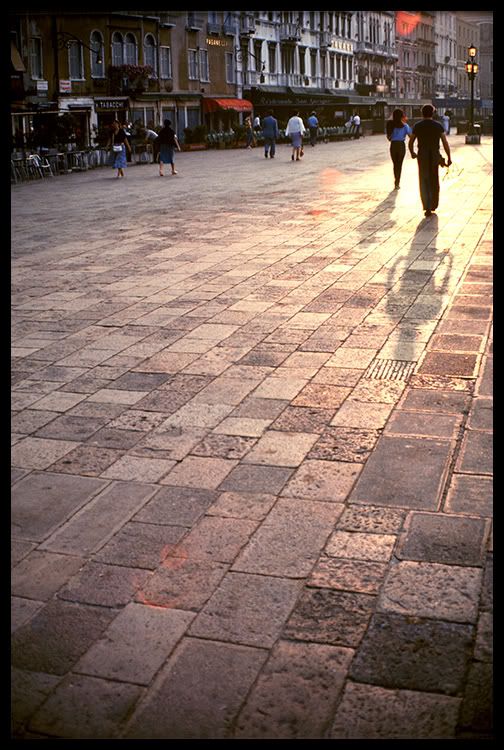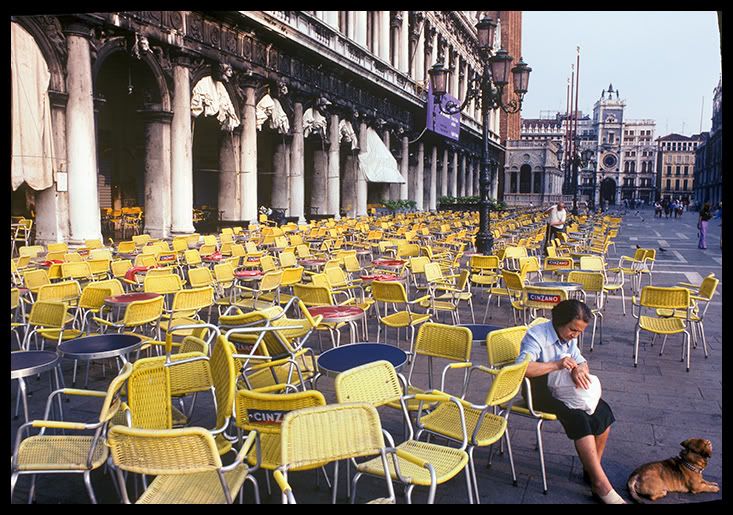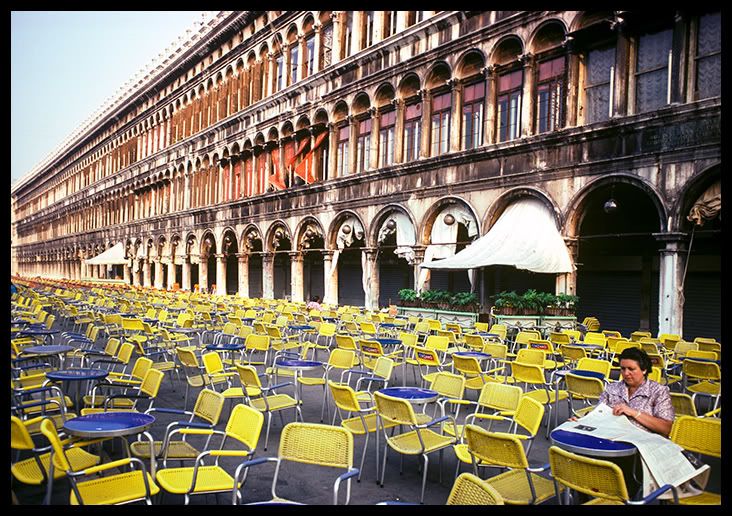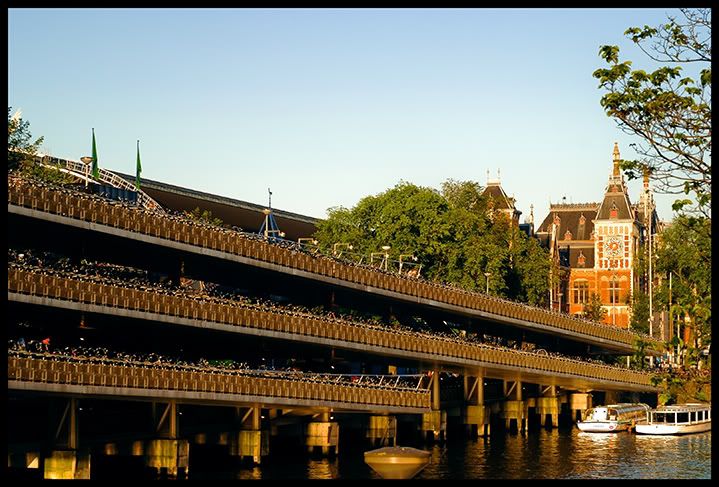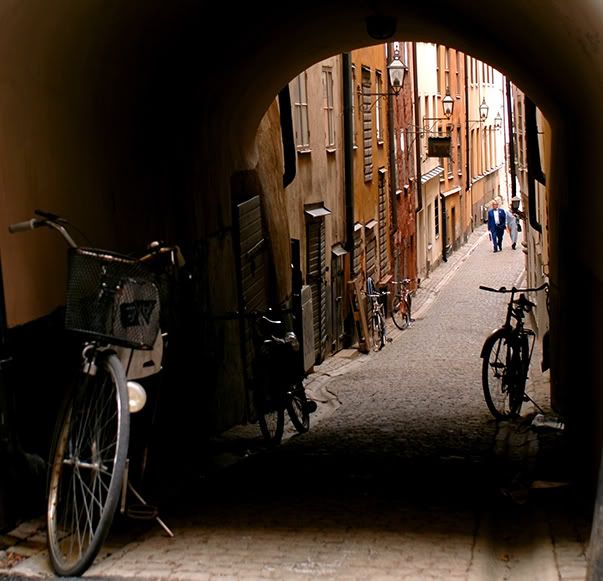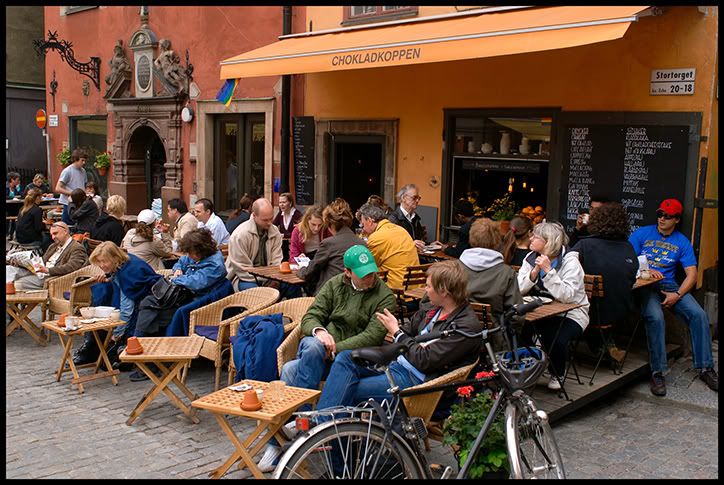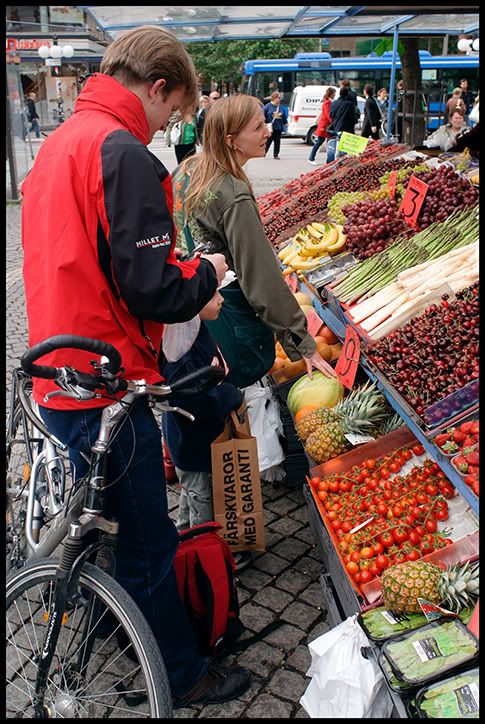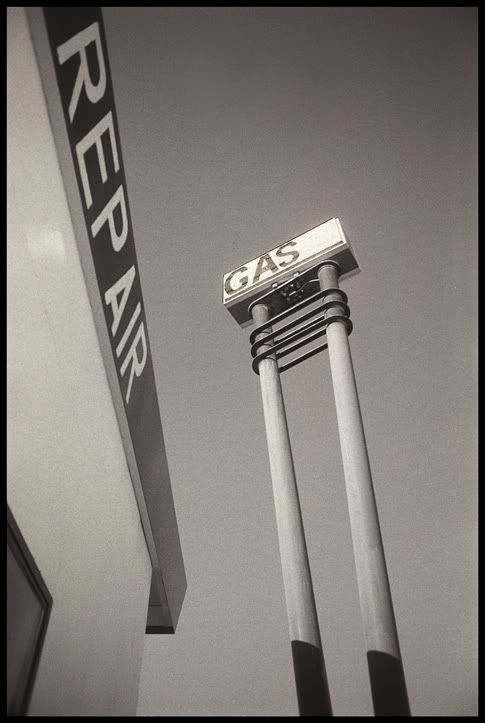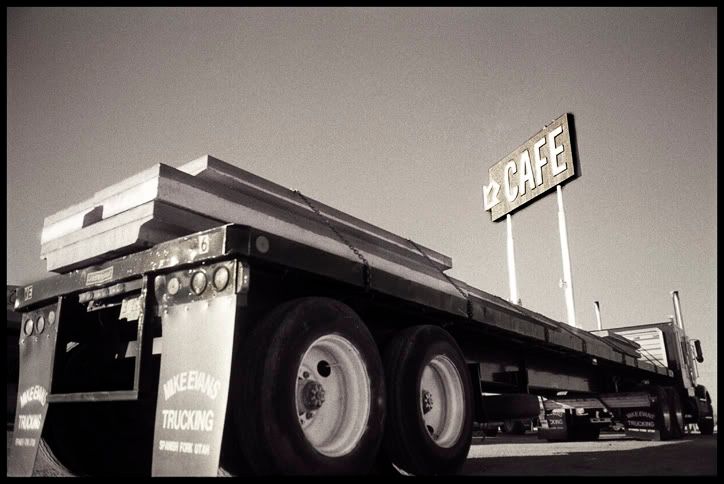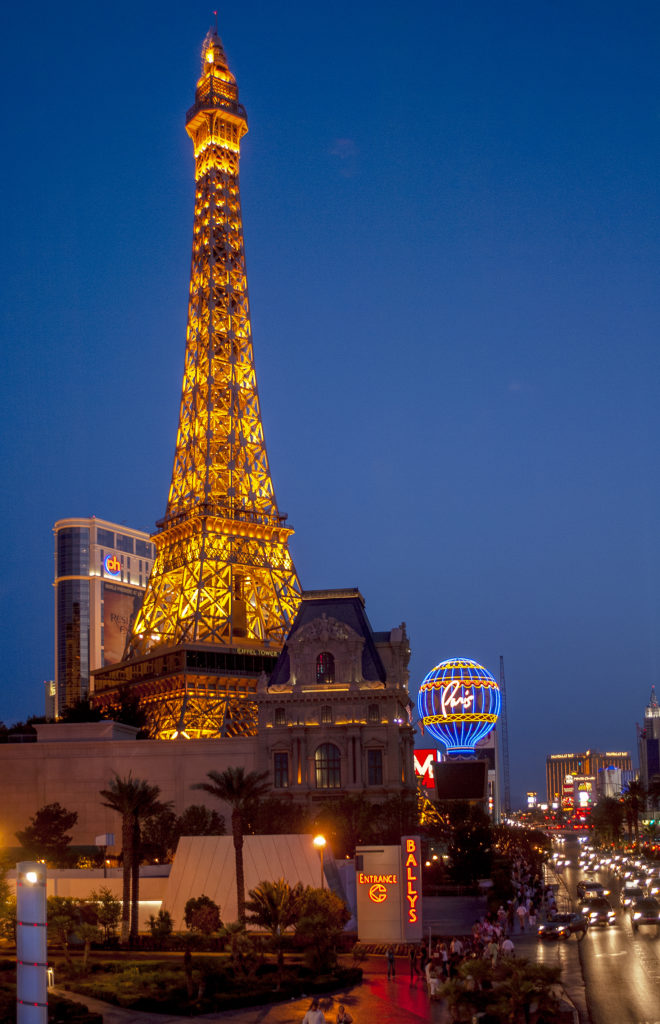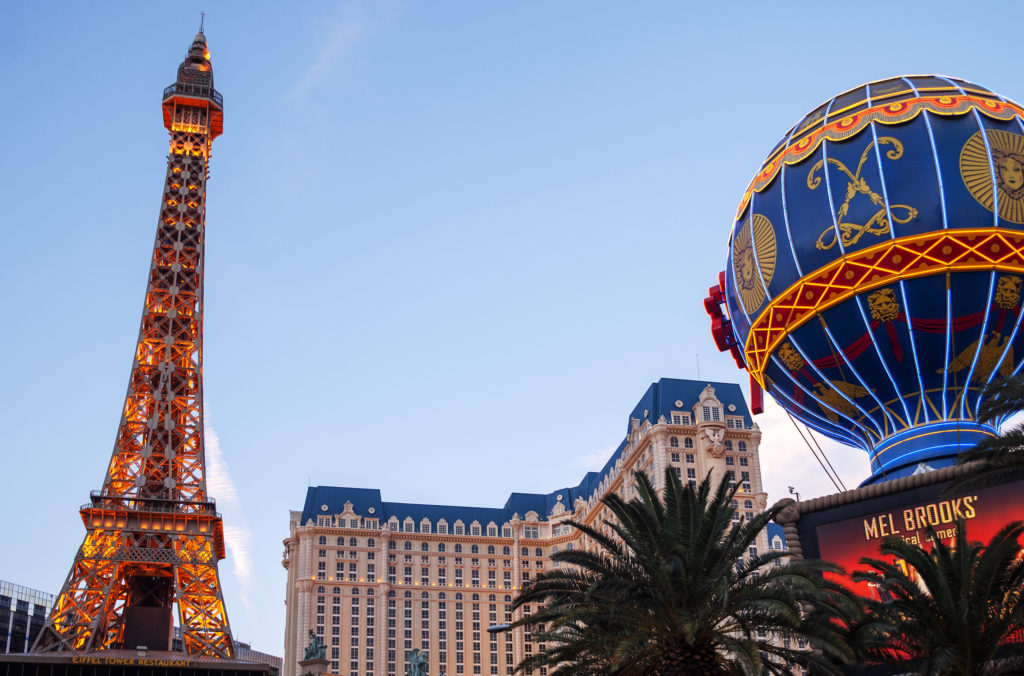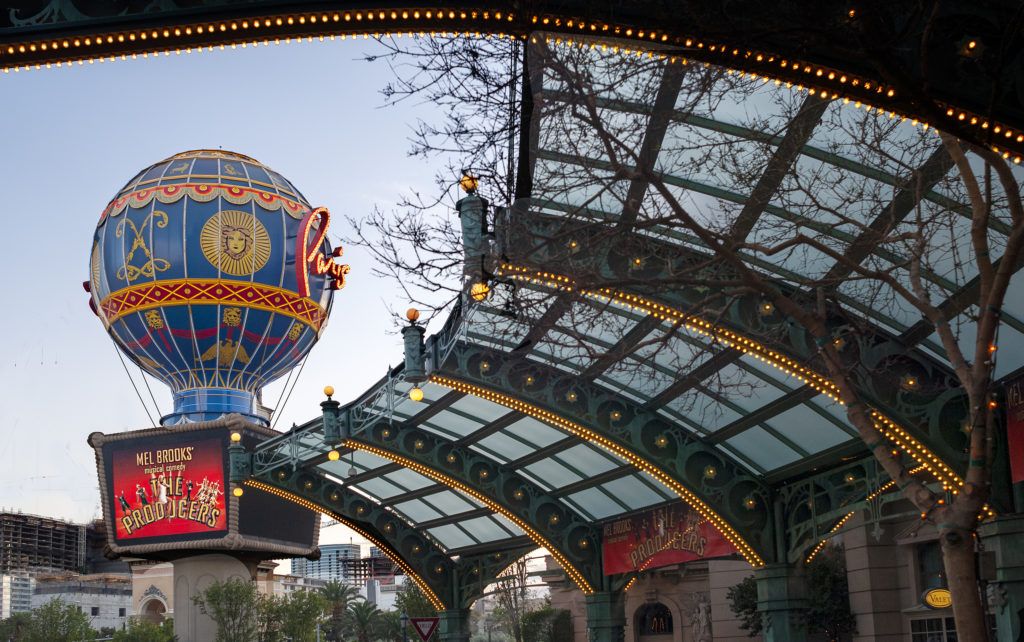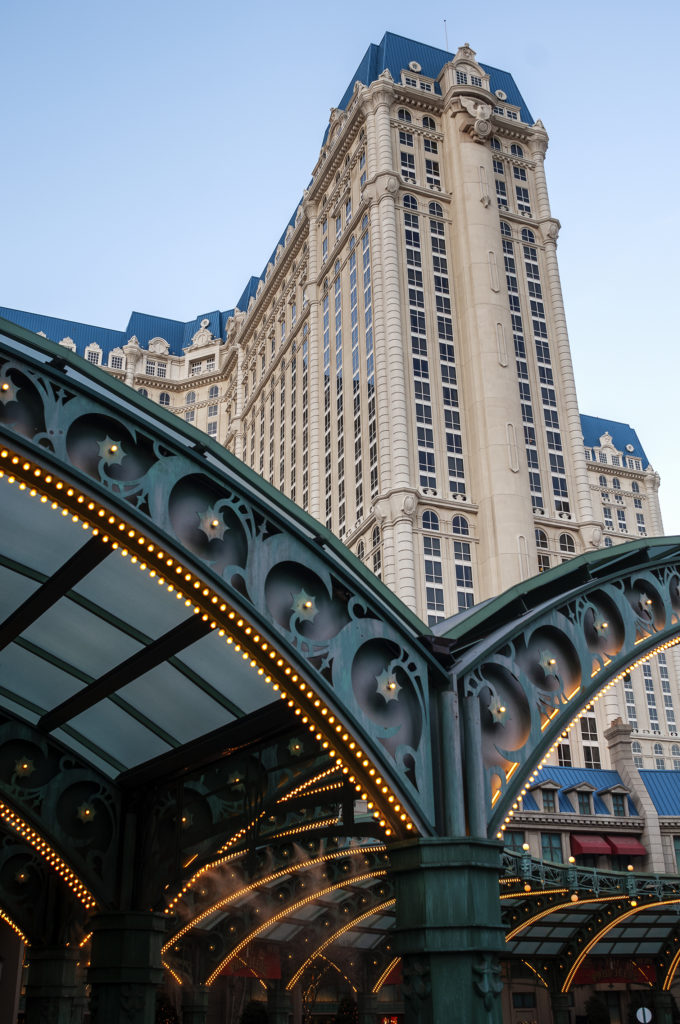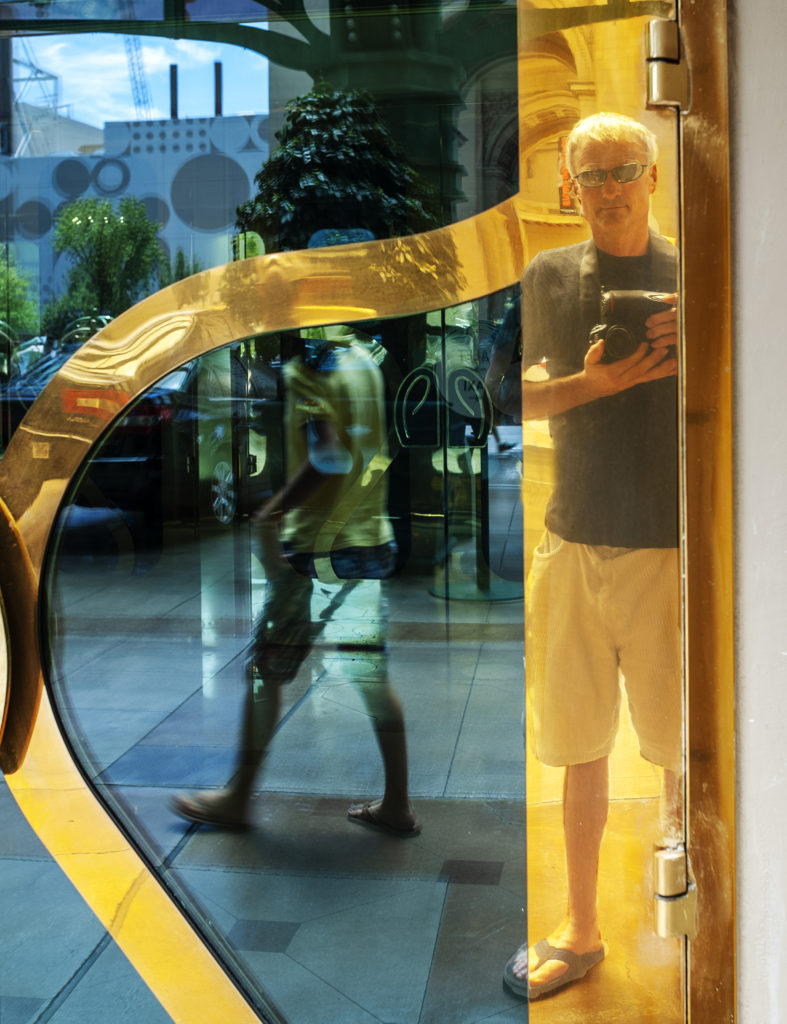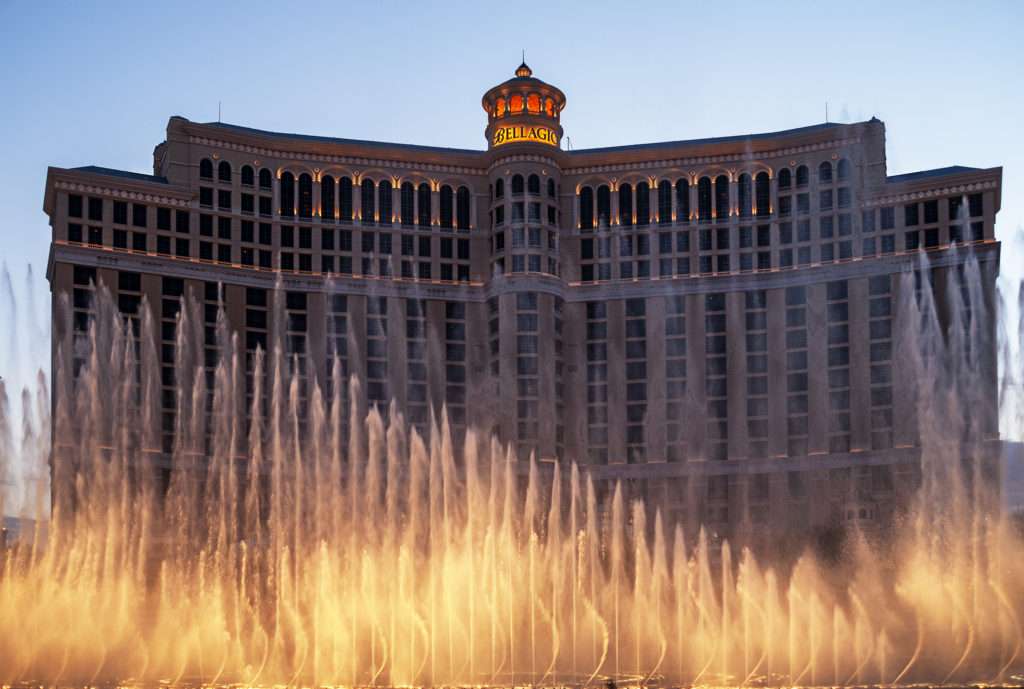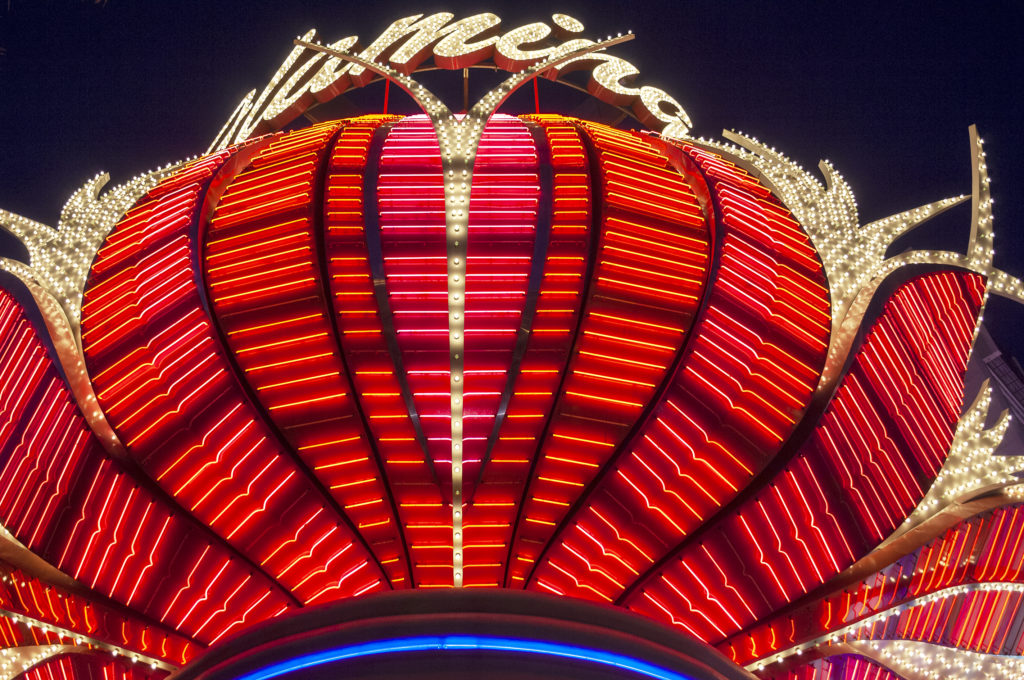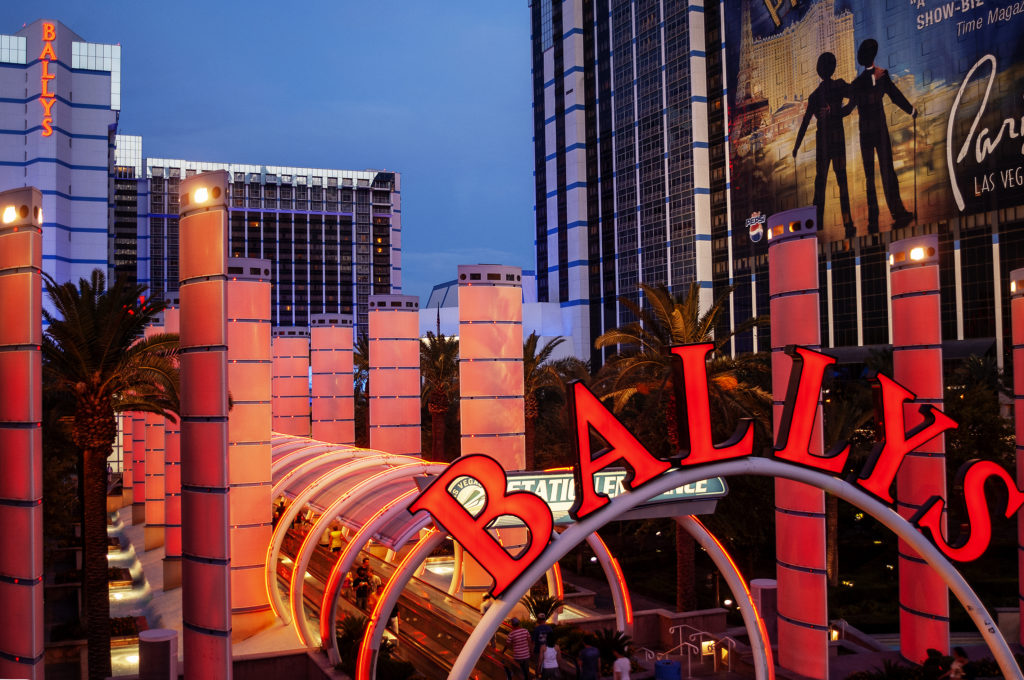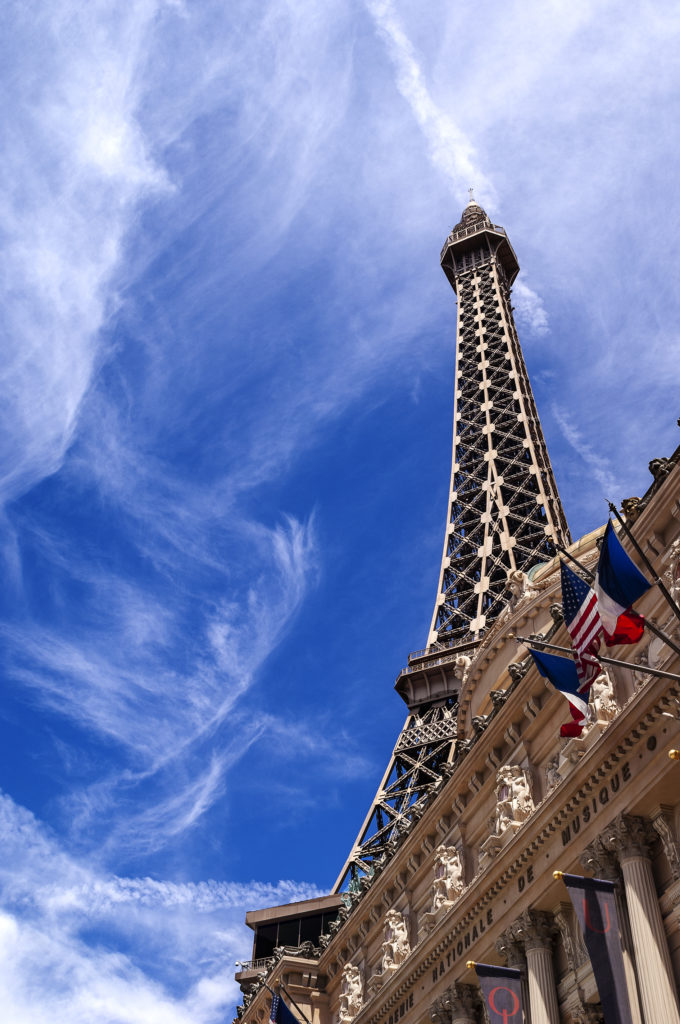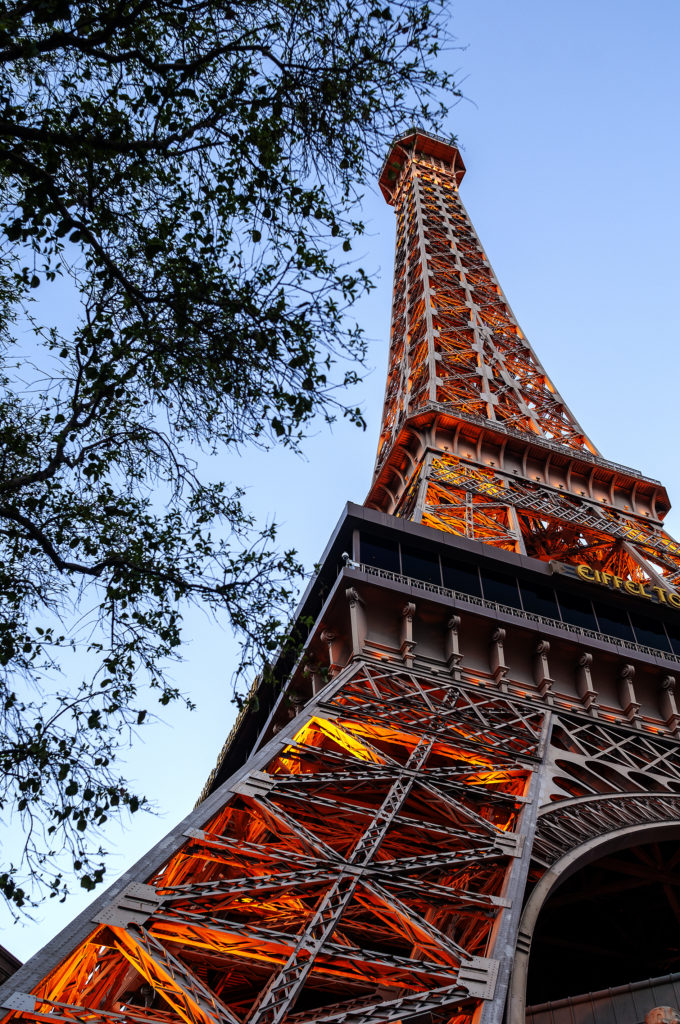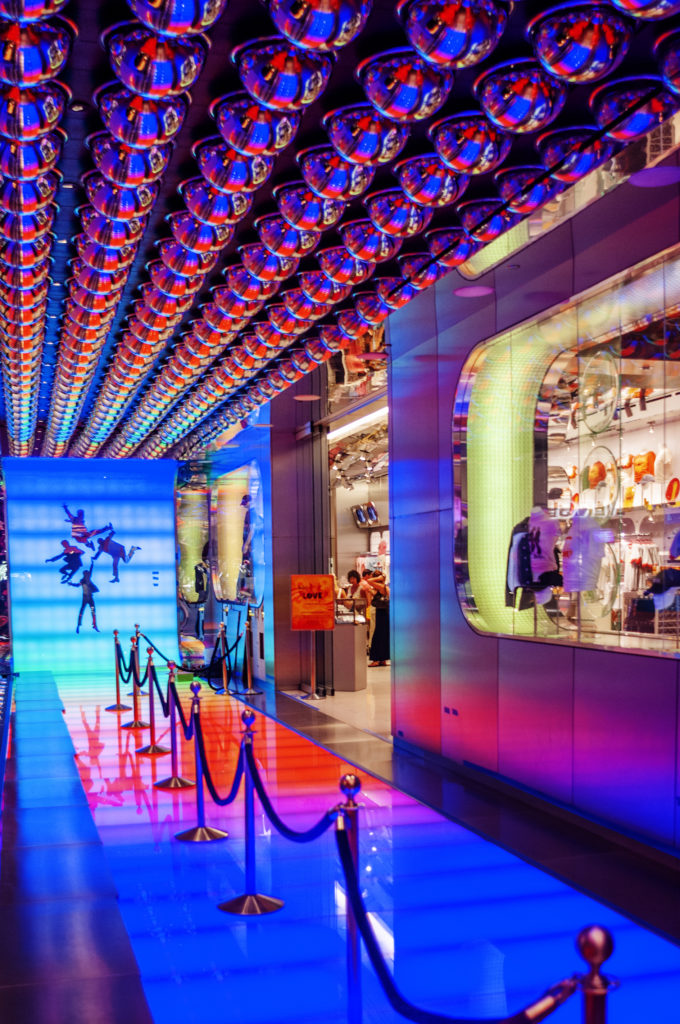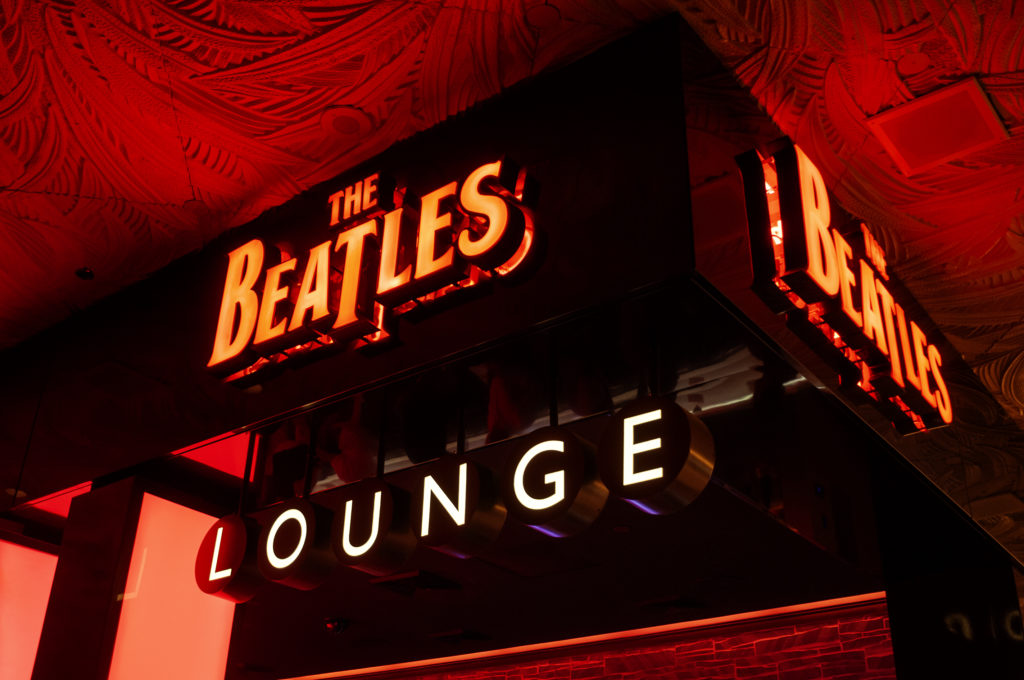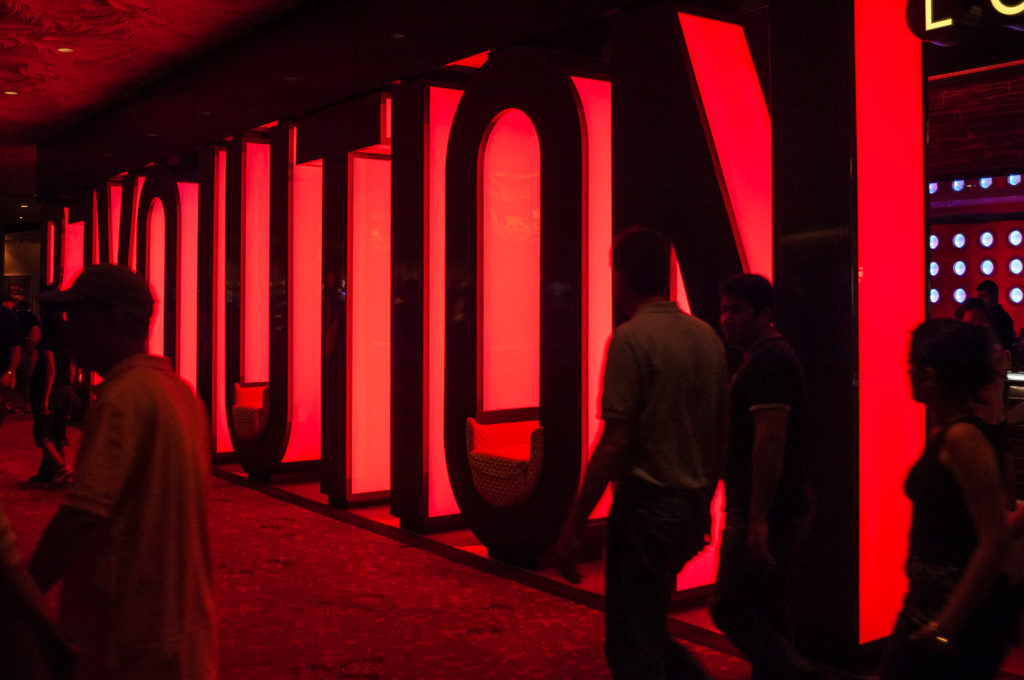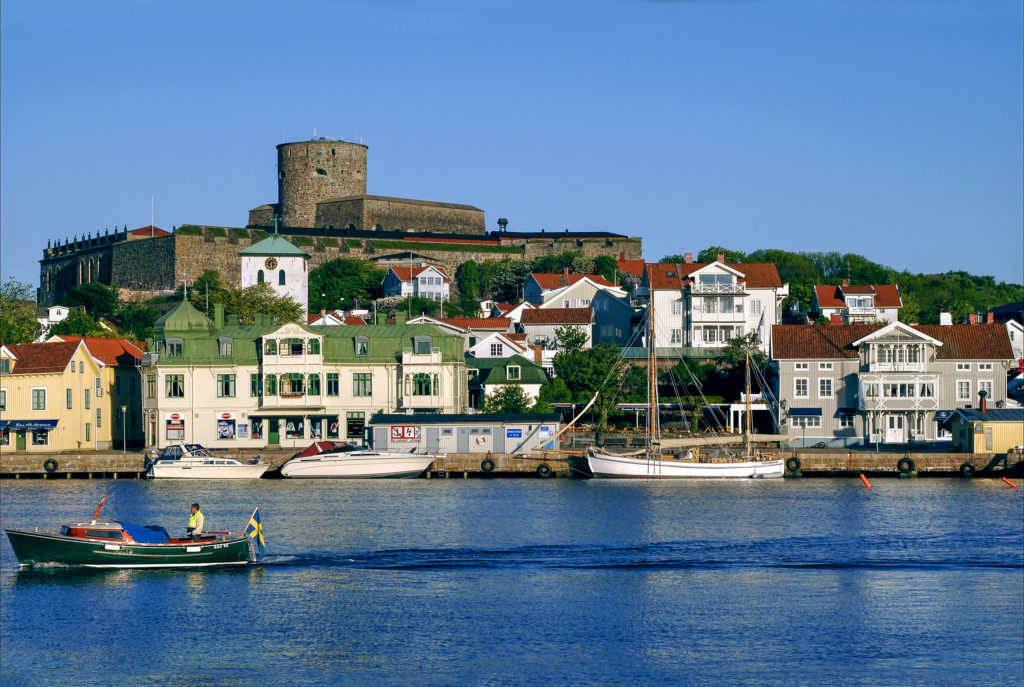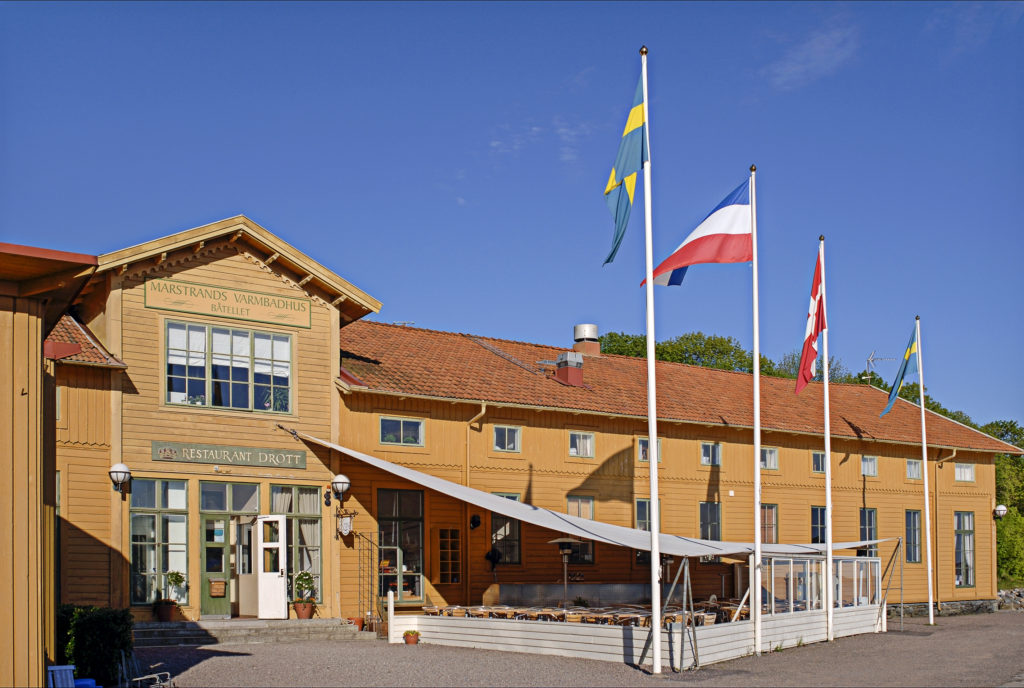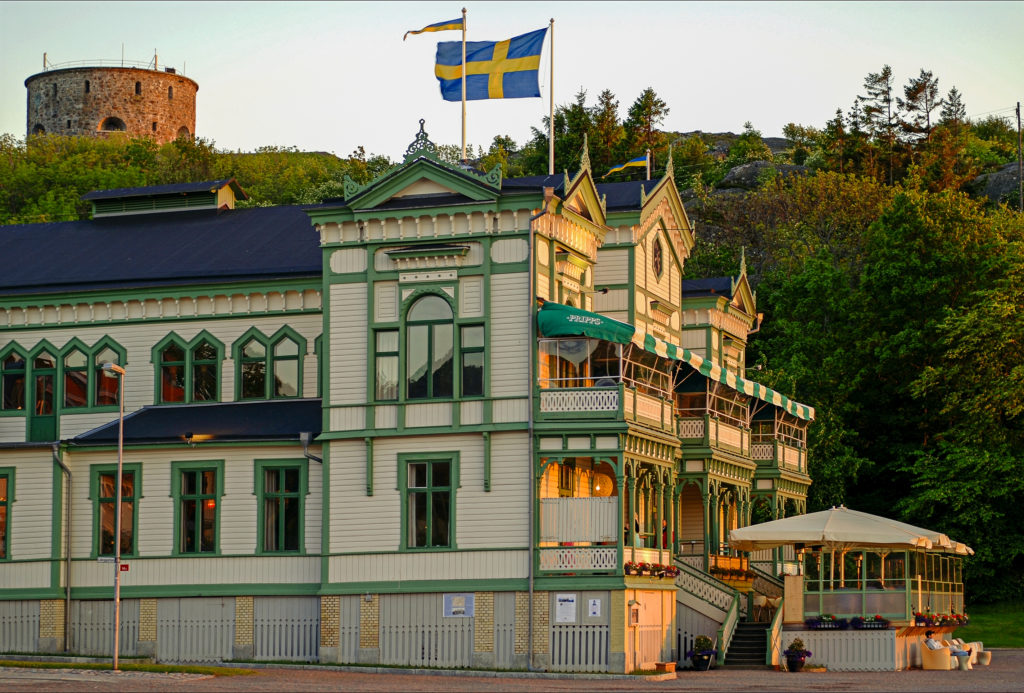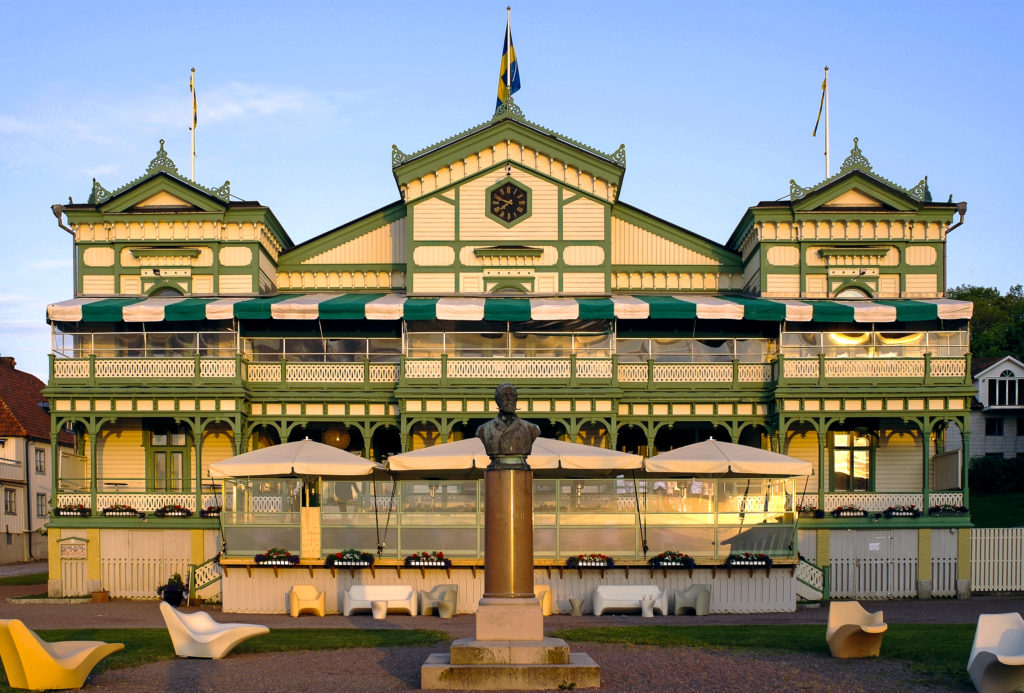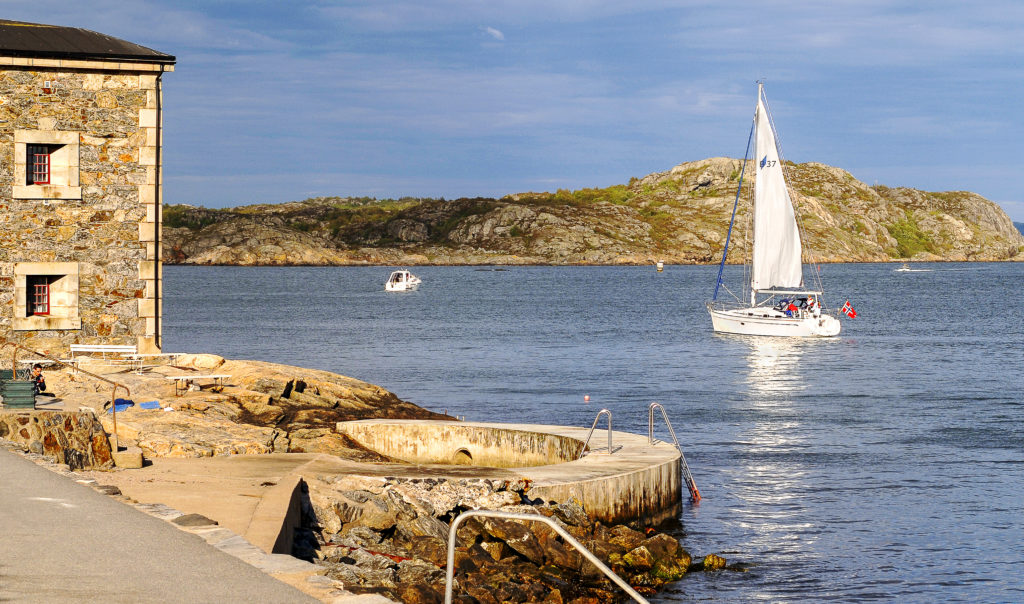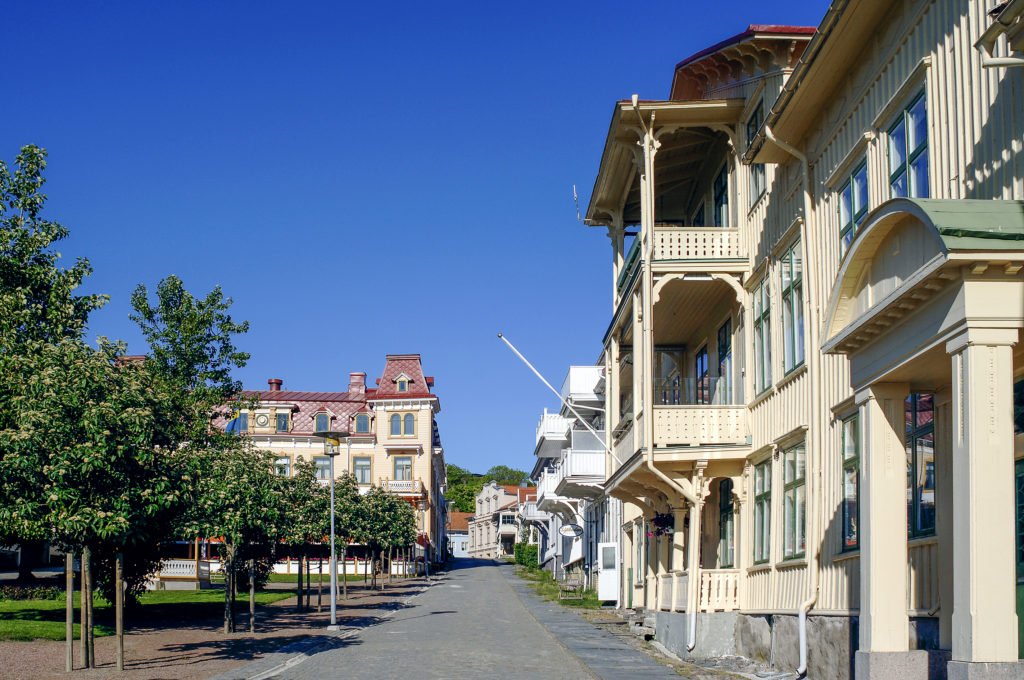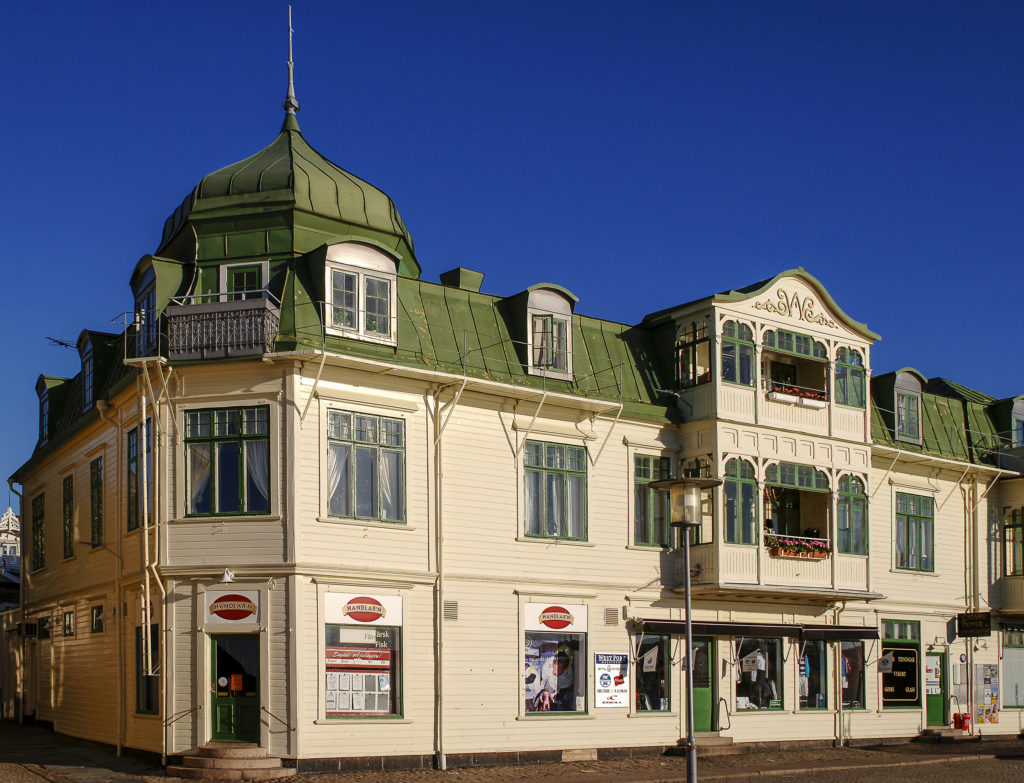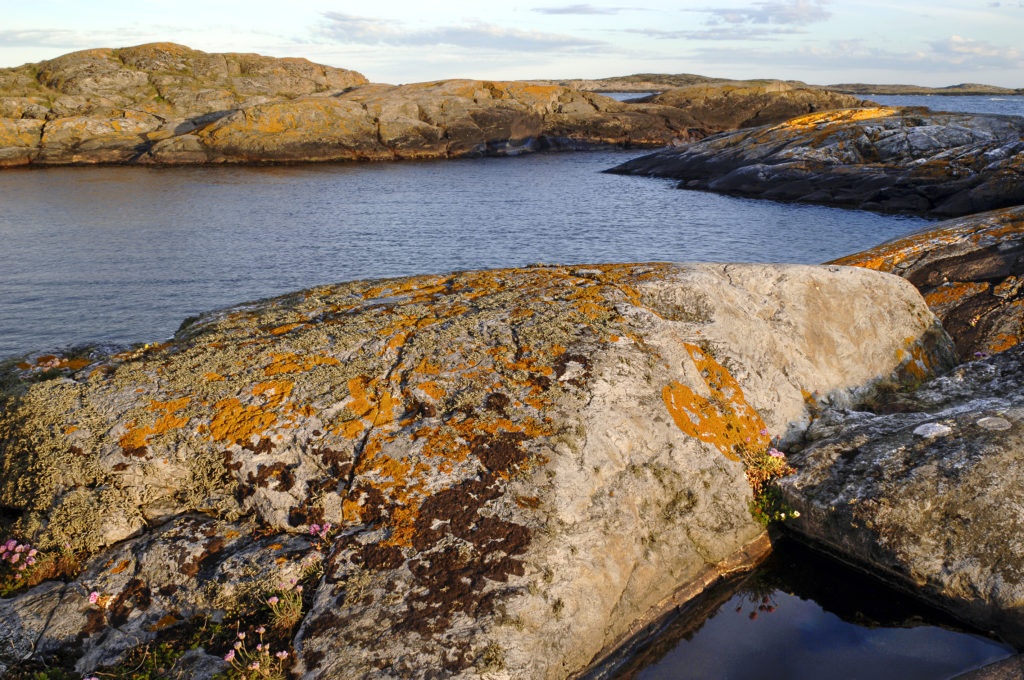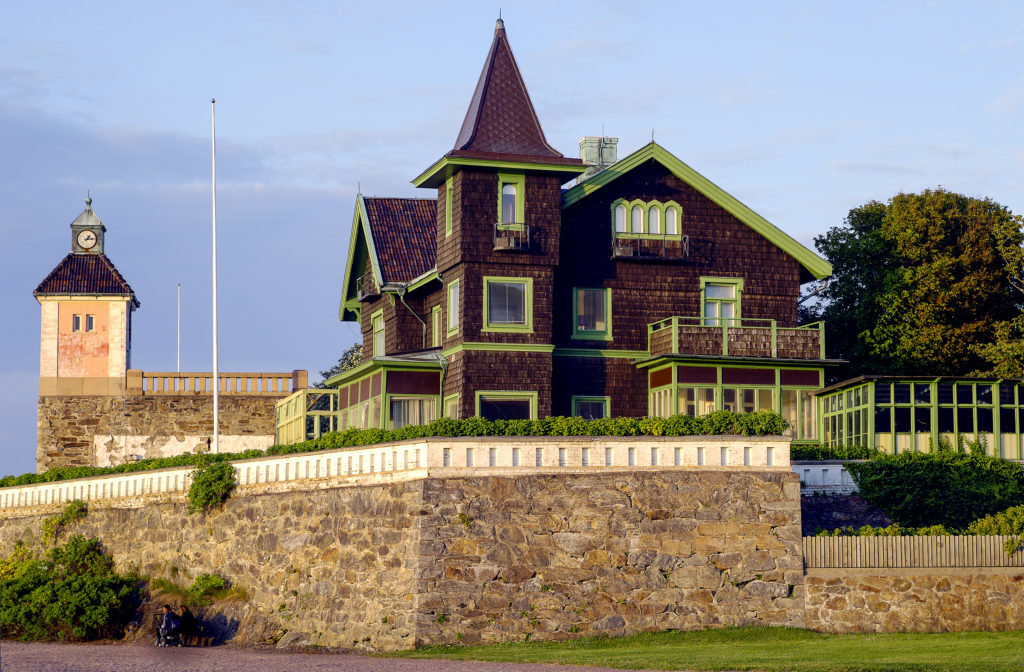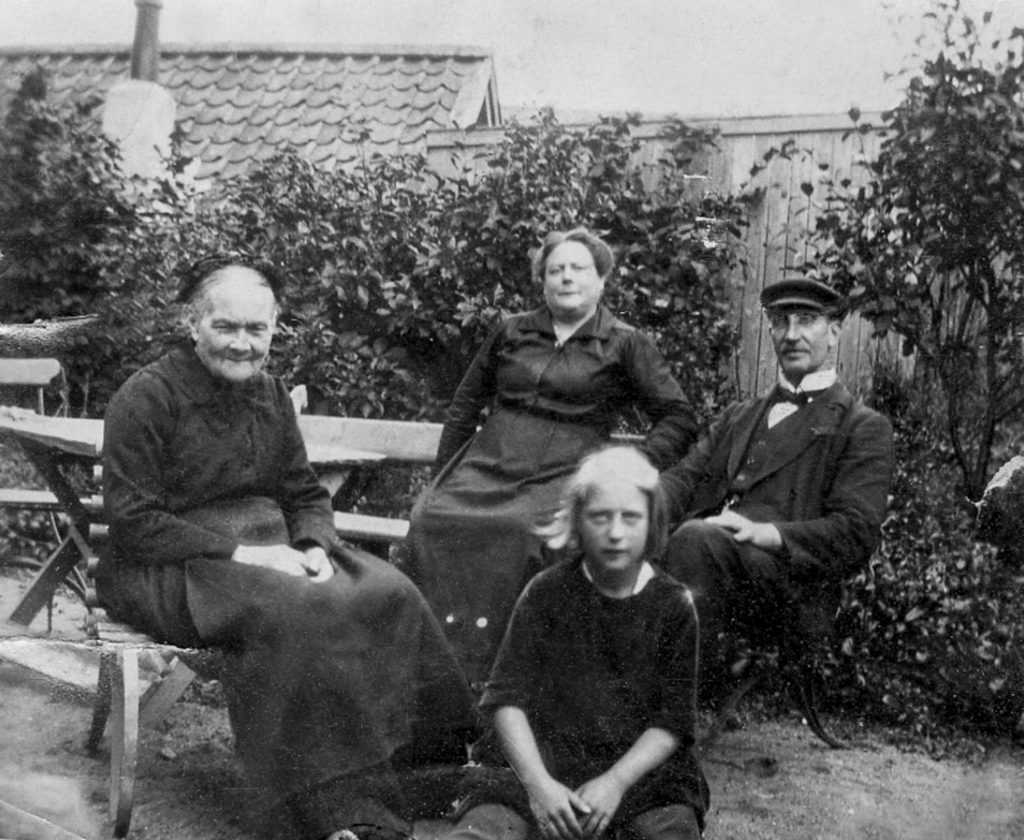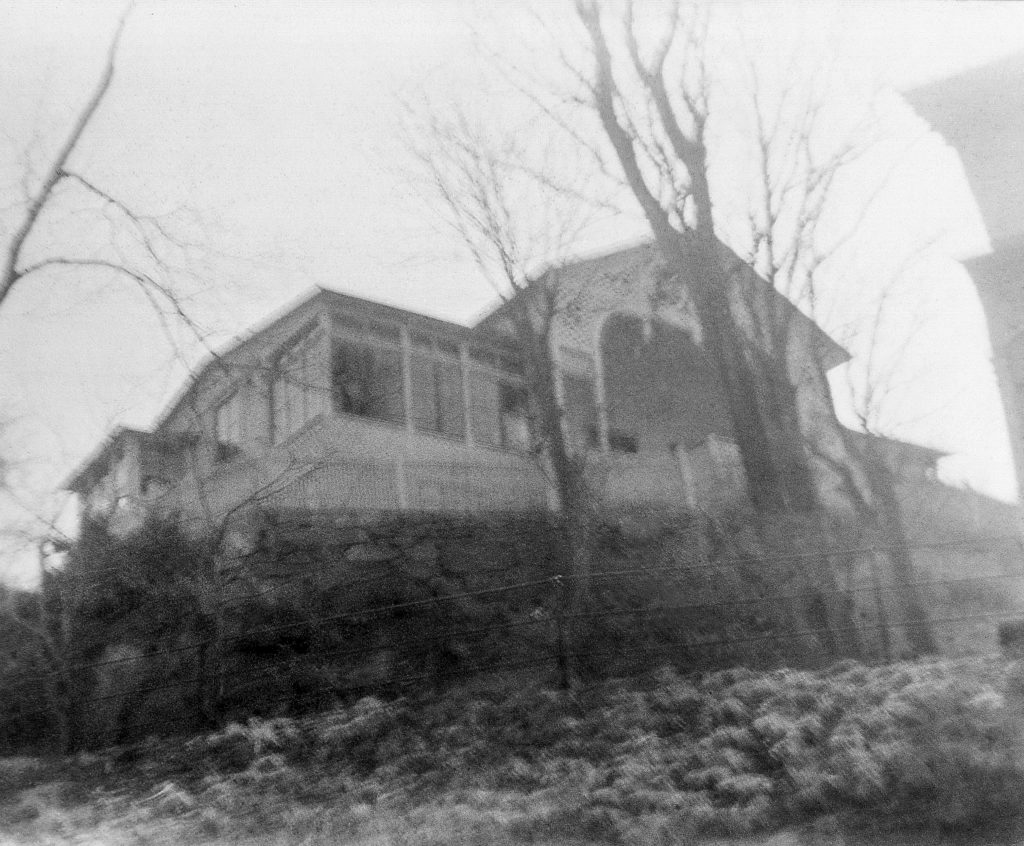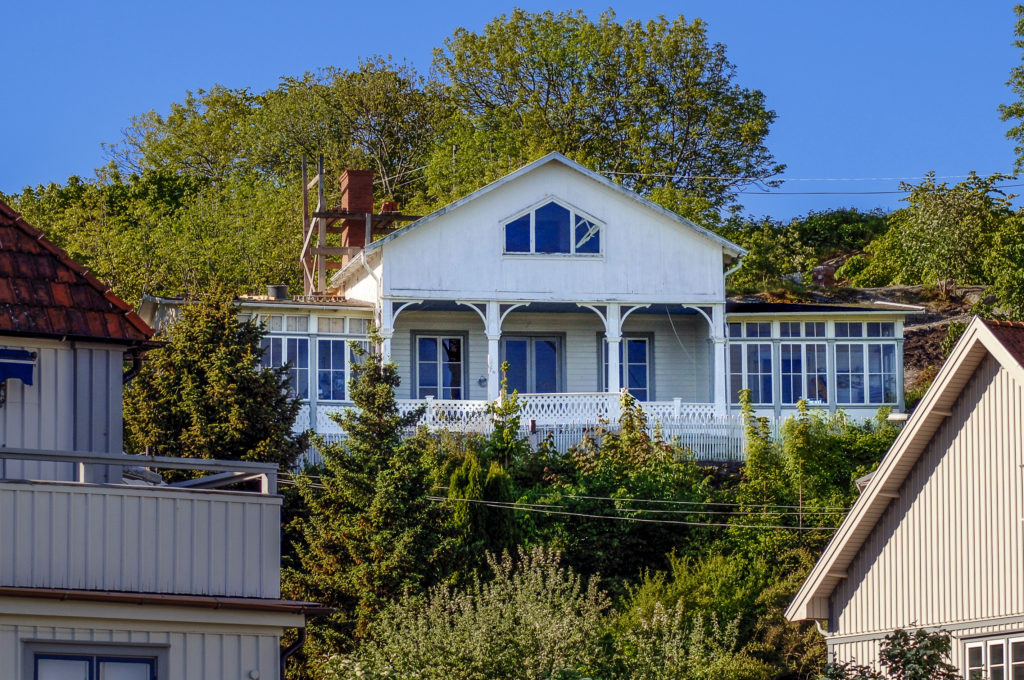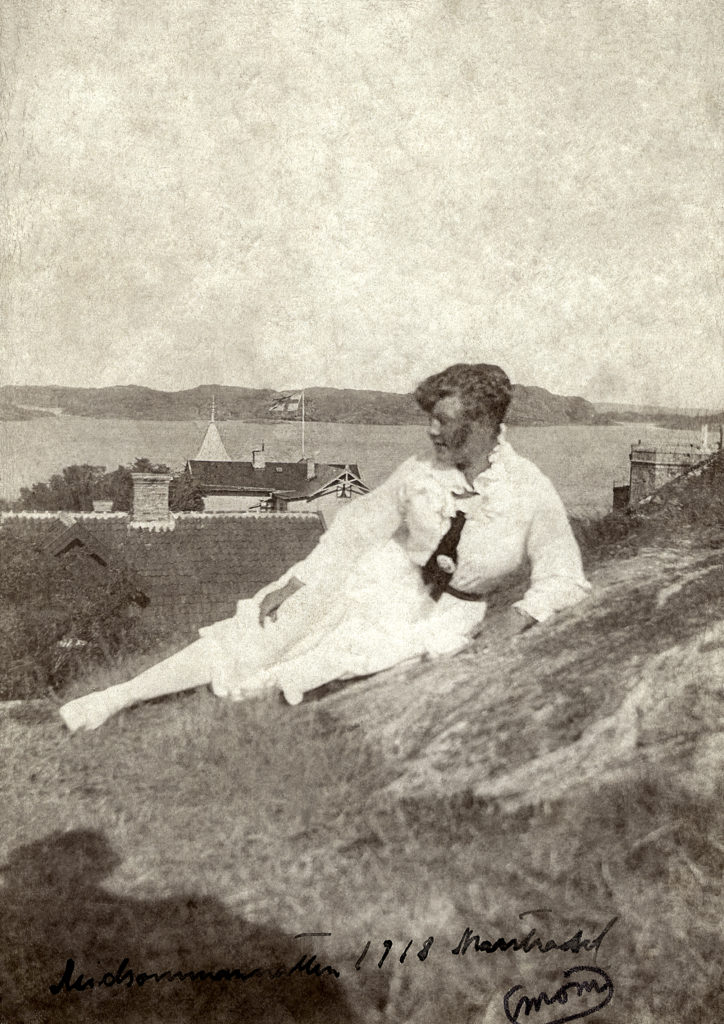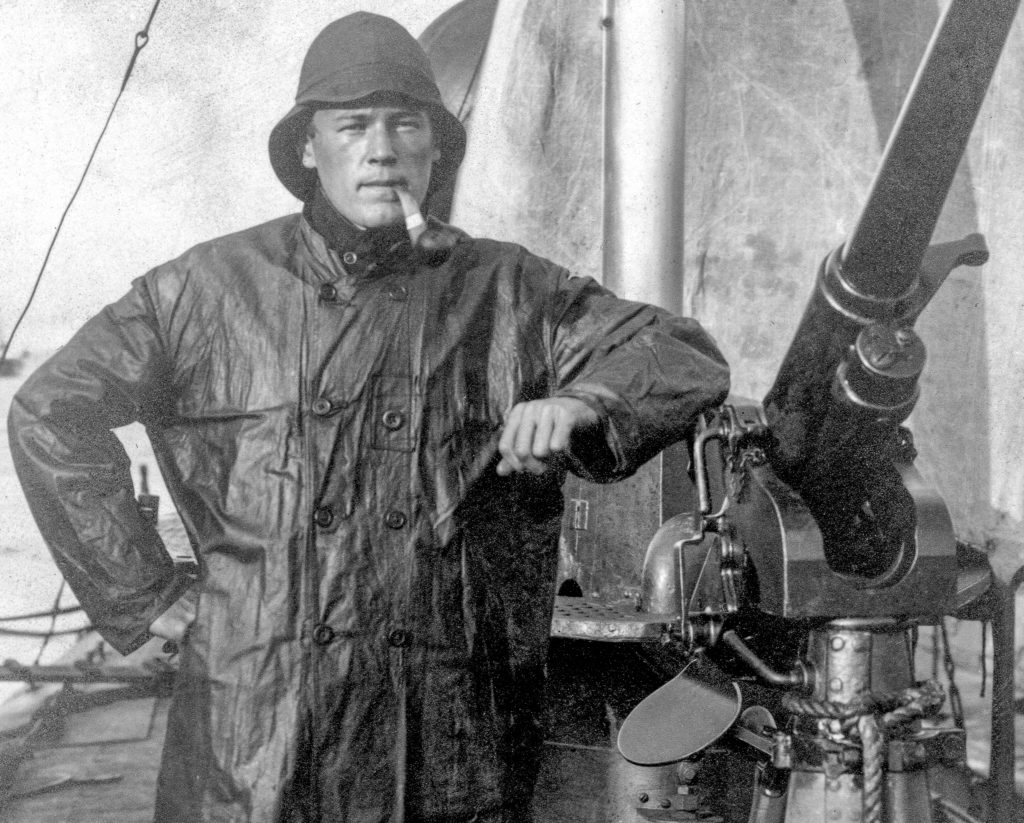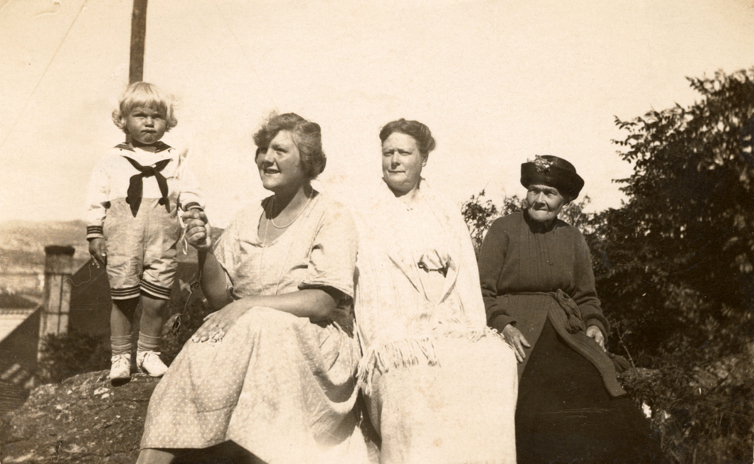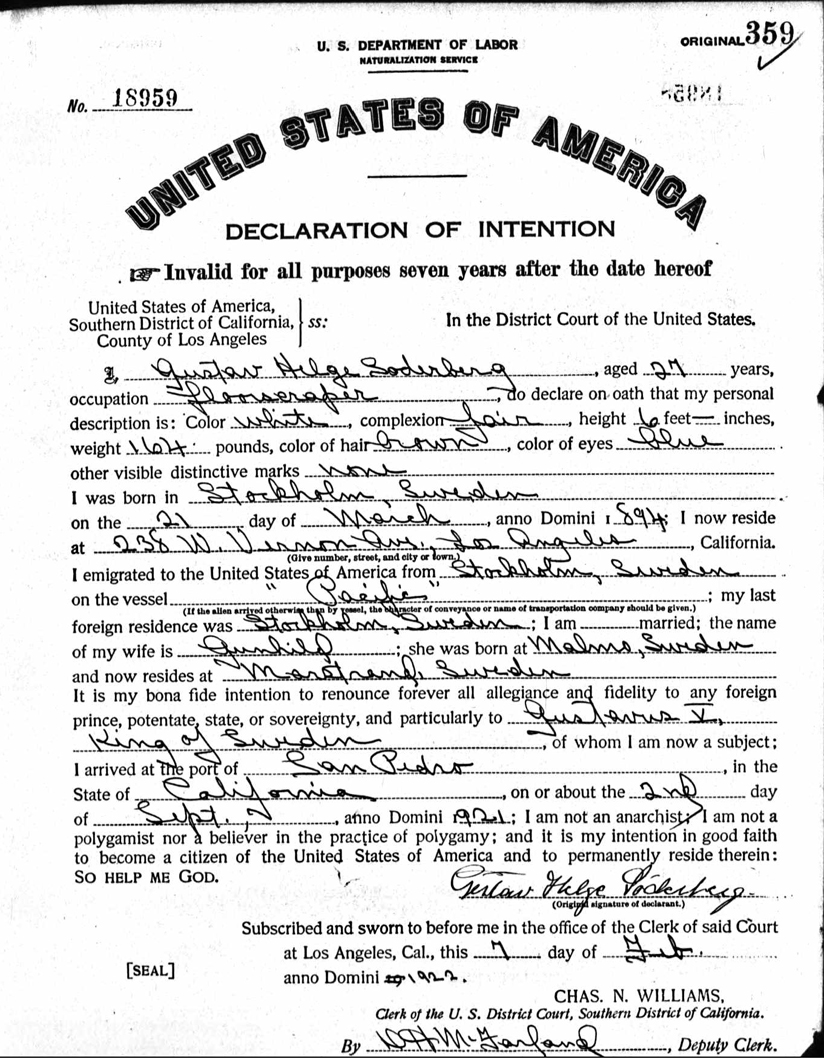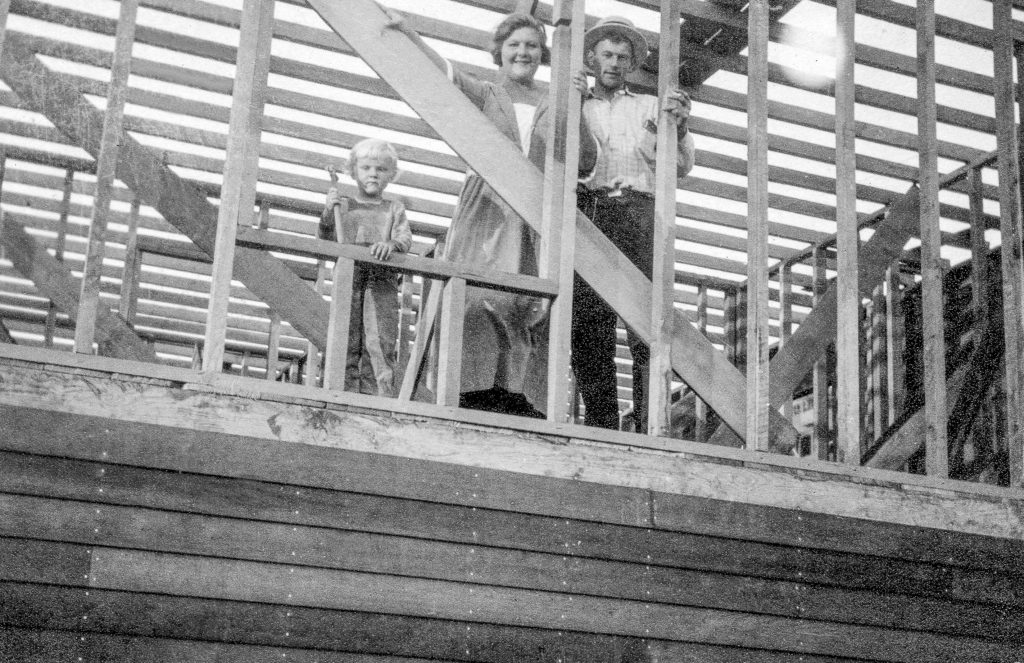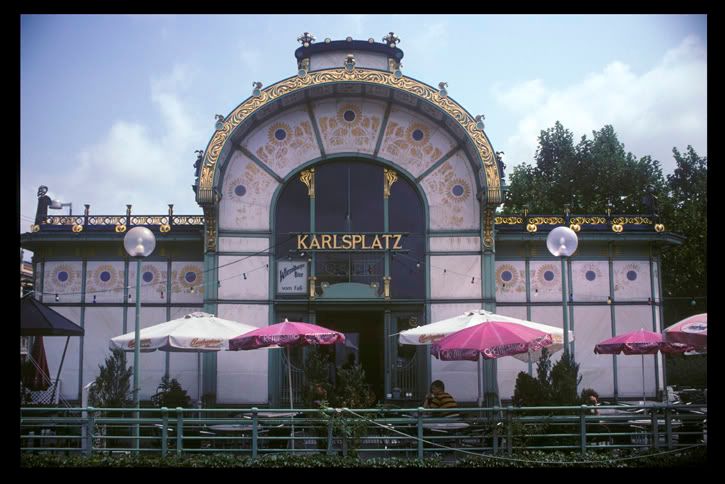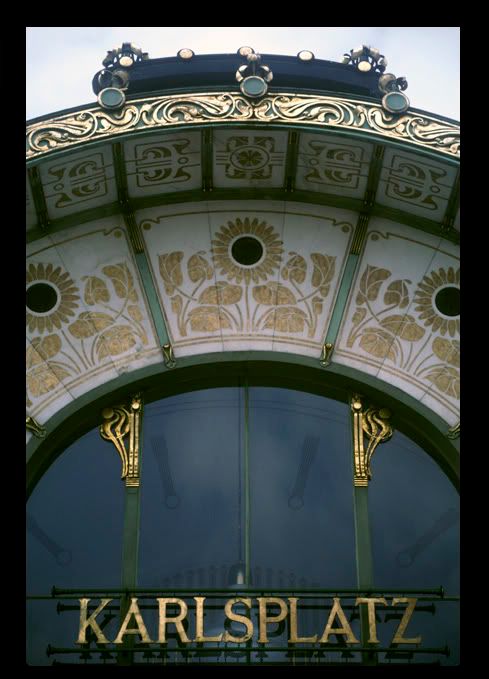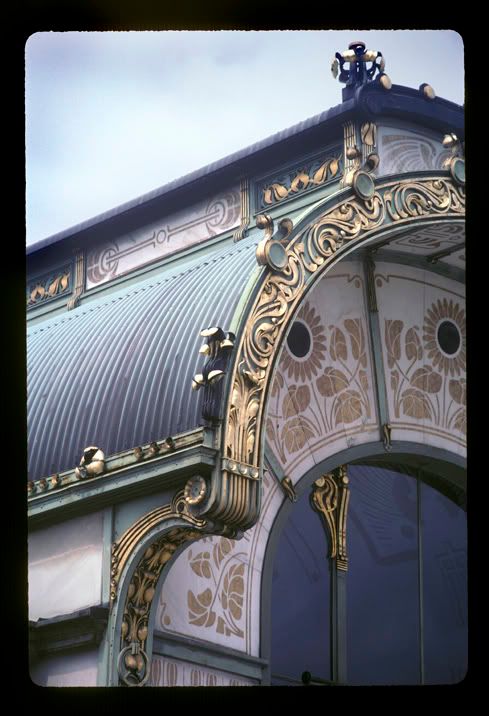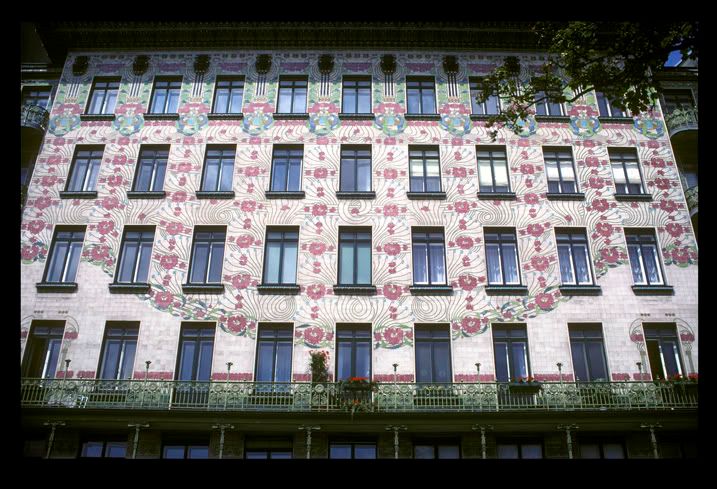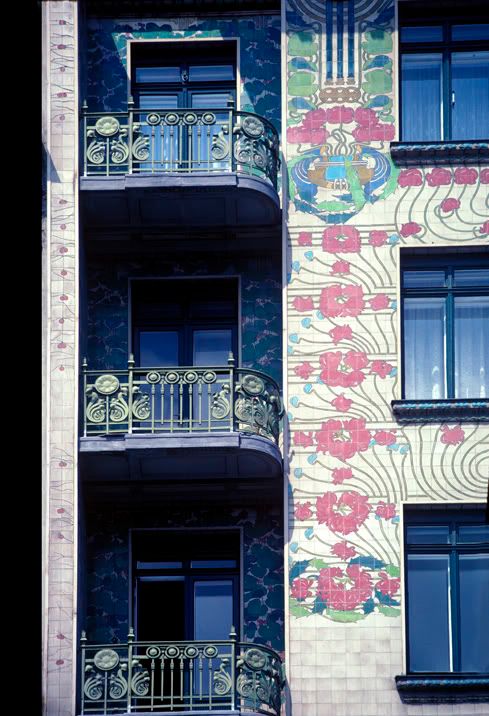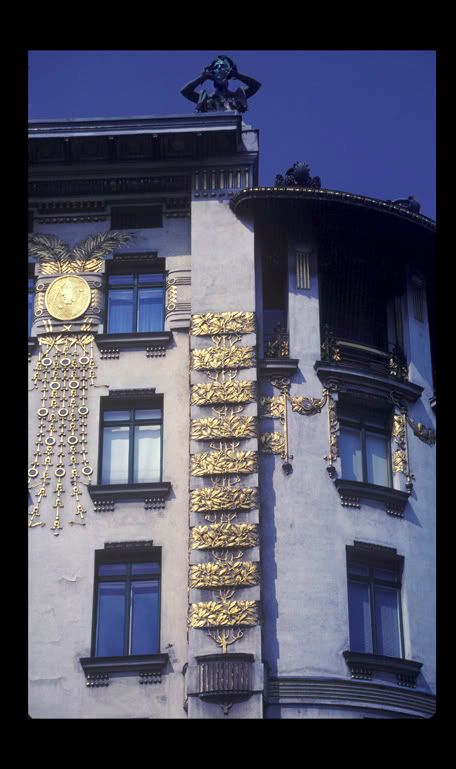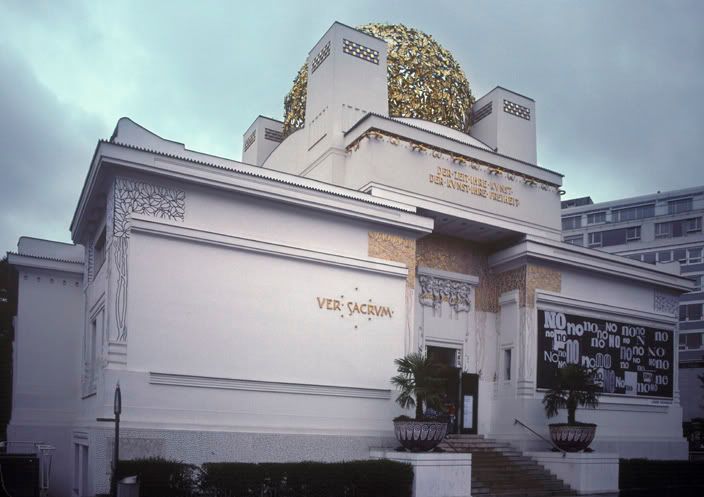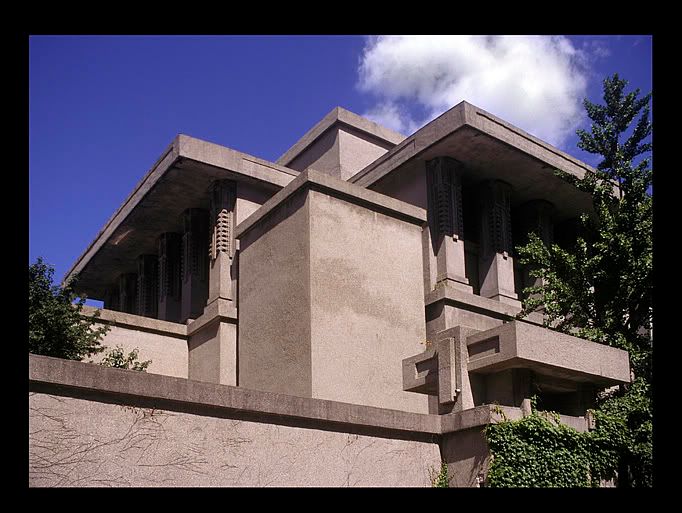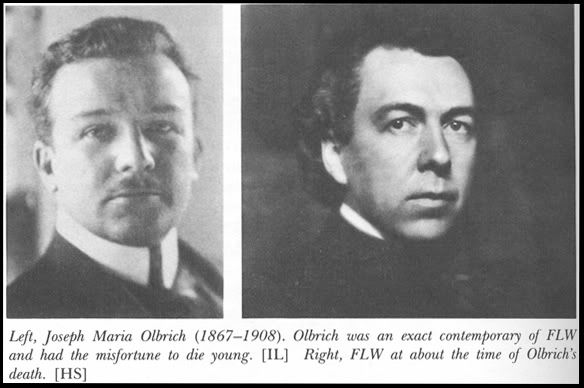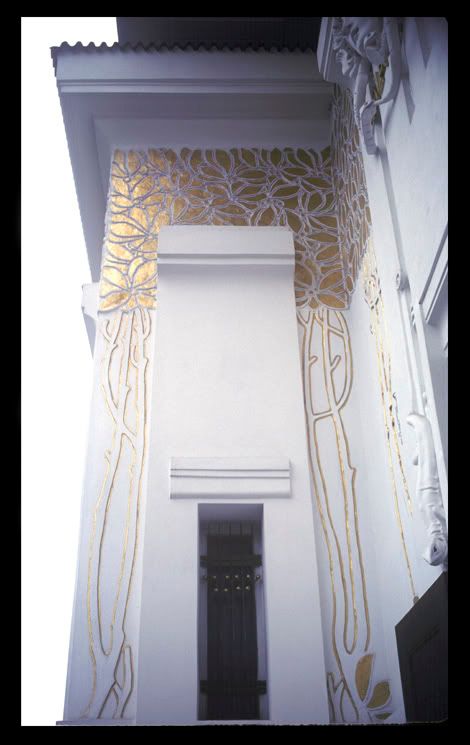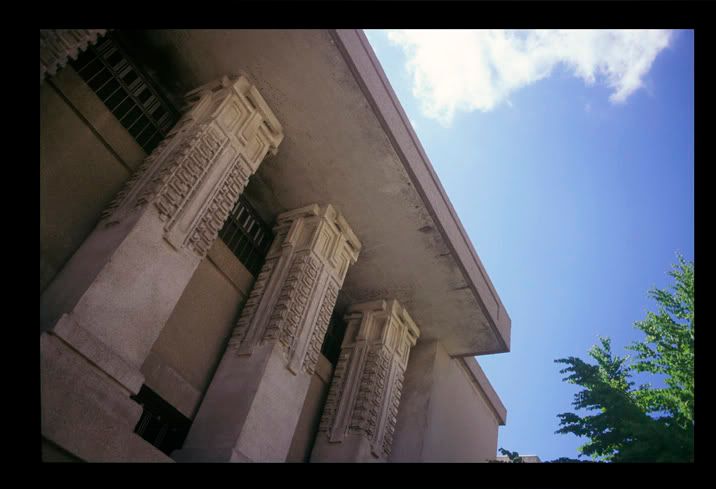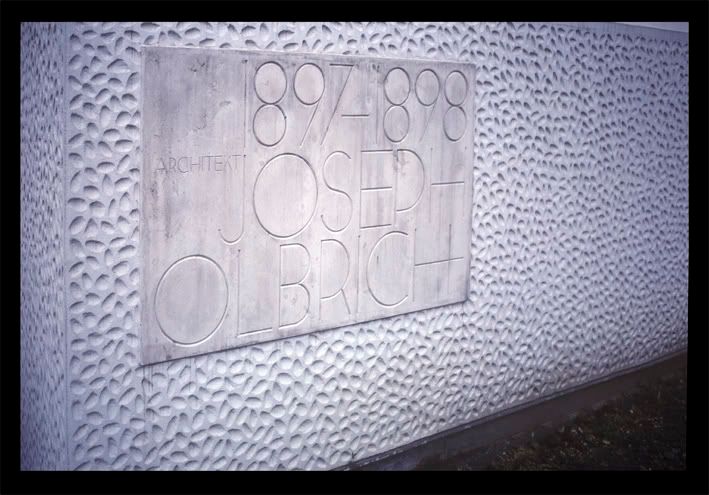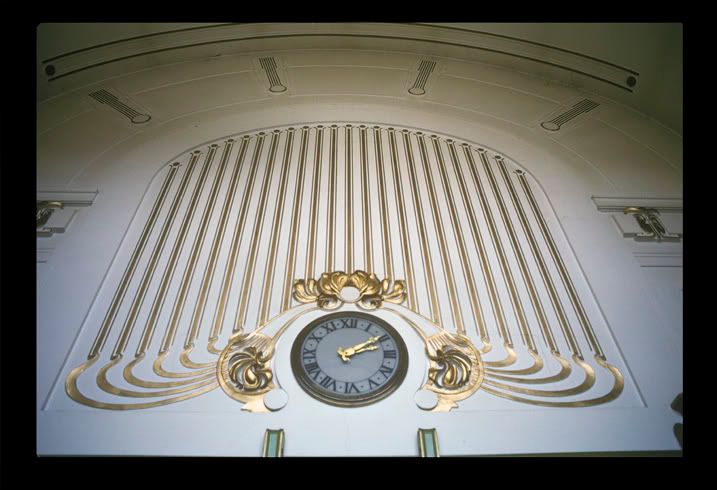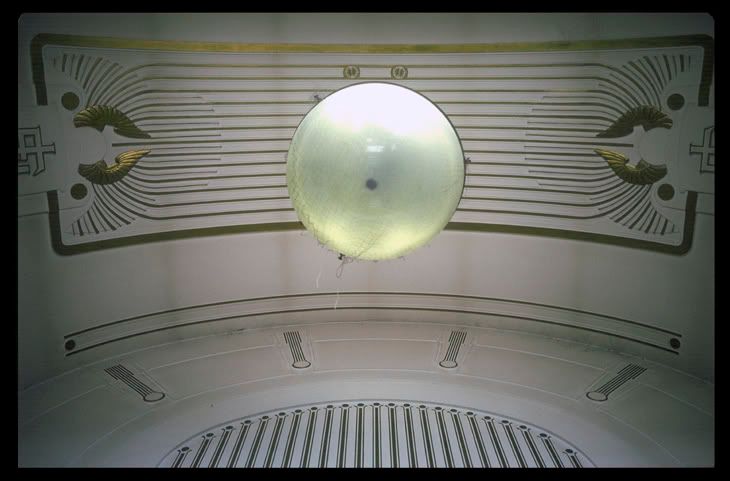
The Eggmen

John Lennon’s famous quote “Before Elvis there was nothing” could especially be said about Giotto di Bondone (1266-1337). When the glory that was Rome faded into the Middle Ages, art became highly stylized and flat dimensionally. Naturalistic perspective and depiction vanished. At the precipice of The Renaissance Giotto nearly stands alone in his discarding the centuries old framework of painting and art. Not since Roman times was the human form naturally depicted. He reinvented soft rounded deep modeling effects using light and dark values. Giotto marks the turning point toward The Renaissance. The above Madonna and Child is in Firenze’s Uffizi Gallery.
.
Giotto was also an accomplished architect. The Bell Tower at Santa Maria del Fiore, Firenze, is his. He never saw the completed work. He died three years after construction began. It took more than fifty years to build.

Giotto’s bell tower is sublime. But the grandiose architectural element of Santa Maria del Fiore is the celebrated dome by Filippo Brunelleschi. The achievement can not be over stated. Architectural dome engineering and construction know-how died with the Romans. It wasn’t until Brunelleschi closely studied the Roman artifacts first hand (especially the well preserved Pantheon in Rome) that architecture was reinvented. Being this was unexplored design in its day, Brunelleschi faced a counter current of resistance and opposition. The Guild of Wool Merchants who sponsored and over saw the project wanted to know just how in the world such a large dome could be accomplished. Brunelleschi asked the members of the committee to demonstrate to him how they would stand an egg on the table. No one could. “Impossible,” they said. With that, Brunelleschi cracked the end off the egg and proceeded to stand the shell on the table. When the members of the committee protested that any one of them could have done that, Brunelleschi explained that was exactly his point. If he told the committee how he planned to execute his concept, all would claim that they could have done it. After several months of arguing, the committee allowed him to proceed and work began on the dome in the summer of 1420.

The Pantheon, Rome, A.D. 118-25. Besides its position as one of history’s greatest architectural masterpieces, its survival from ancient times to modern day Rome is miraculous. Step in from the noisy hot streets of Rome to a cool calm quiet atmosphere where time seems frozen. You may almost hear the distant whisper of Marcus Aurelius. That the structure is so well preserved is a testament to Roman engineering and master building. One can only ponder a question; if the Pantheon had not survived into Brunelleschi‘s time, how long to reinvent such engineering from scratch?

Locals simply refer to Santa Maria del Fiore as “Il Duomo.” It remains to this day the most iconic Feature of Firenze. A site on the landscape still commanding the most attention.

Michaelangelo’s David, Firenze Italy.
Michaelangelo went to school, so to speak, with The Duomo before designing Saint Peters in Rome.
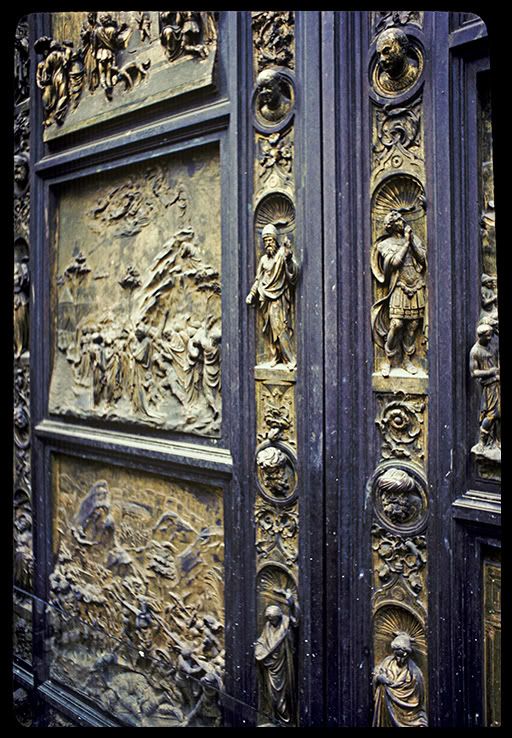
Another source of Michaelangelo’s admiration was Lorenzo Ghiberti’s Doors of the Baptistery, Firenze.
Michaelangelo fondly referred to them as “The Gates of Paradise.”

The doors consist of ten panels. Each frame depicts a scene from either the New or Old Testament. Ghiberti used a painter’s approach to composition but used his sculpture and architectural skill to create enormous visual depth. As an architect, Ghiberti was the only other considered candidate besides Brunelleschi for designing the dome of Santa Maria del Fiore. And Brunelleschi was a possible choice for the commission Baptistery doors. Much competition for the prized jobs during The Renaissance.
The Gates of Paradise have been removed from the Baptistery and have undergone restoration. Replicas are there now. The originals will be kept indoors under a protective transparent encasement after completing a world tour. They maybe coming to a city near you.
Smithsonian Magazine has a complete story of the restoration and history of these magnificent panels.
http://www.smithsonianmag.com/arts-culture/gatesofparadise-200711.html?page=2#






